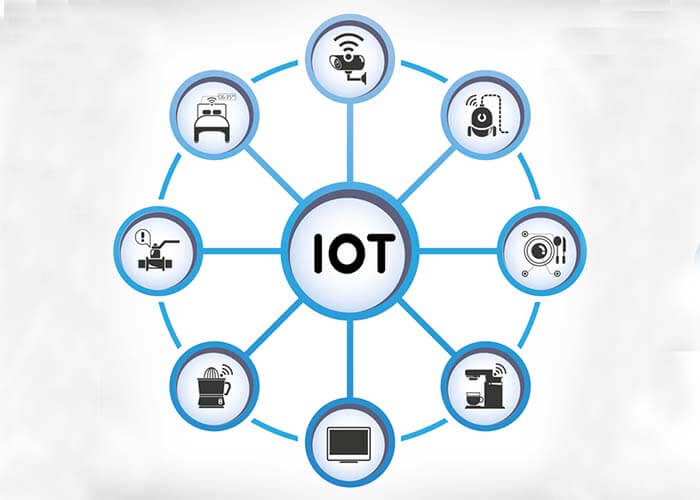
With regard to the Internet of Things (IoT), it goes without saying that the importance of connectivity is fundamental, and that connectivity is key. With some form of connectivity is the prerequisite for data exchange between objects, and to achieve connectivity, we need to rely on communication technology.
Connectivity can be wired or wireless. The development of wireless communication technology is the driving force behind the Internet of Things and is the fastest growing and most widely used communication technology category in recent years.
Compared with traditional communication technology, the biggest advantage of wireless communication technology is the breakthrough in time and space, interference and influence by external factors are smaller, information has higher security, communication efficiency also has a great improvement, can realize the timely transmission of information and effective transmission.
Unlike in the past, when the industry’s discussions on IoT communications were mainly focused on technical features, standards construction, and policy support, by 2020, IoT communications will have entered the stage of application case implementation and even large-scale commercialization, so the core of the discussion has shifted to the commercial aspect.
This paper will analyze the short-term development of several major IoT communication technologies currently on the market, such as 5G, NB-IoT, LTE-Cat1, LoRa, Bluetooth, WiFi, and other IoT wireless technology trends.
5G wireless technology trends
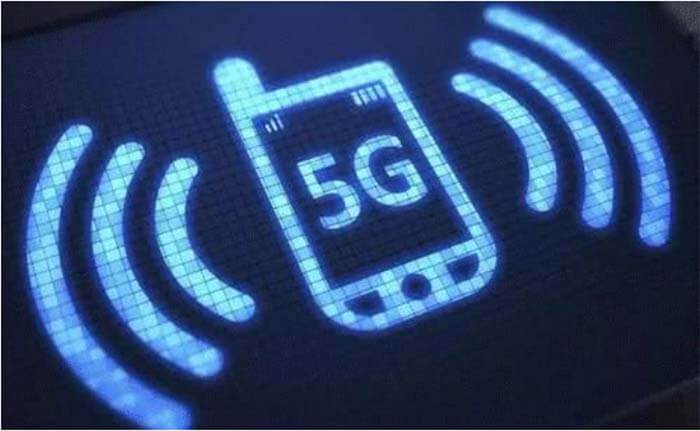
According to IHS Markit, global real GDP will grow at an average annual rate of 2.9% over the period 2020-2035, with 5G NR contributing 0.2% of that growth.
Over this period, the new 5G will contribute US$2.1 trillion in annual net GDP. This forecast is dependent on the actual commercialization of 5 G’s new radio, which is the most noteworthy aspect of 5G.
The pan-entertainment sector will be one of the first sectors to benefit from 5G development. In terms of pan-entertainment, the deep integration of live-streaming technology with VR and AR is still lacking under the existing network, while the future of live-streaming applications will be more rapid with the support of 5GNR.
In addition, the New 5G mobile phones have really kicked off their commercialization, and more mobile-related companies will join the industry in the future.
Mobile games will also be a rapidly growing and maturing industry, thanks to 5G, which will make a qualitative leap in interoperability. 5G new radio will have a huge impact on online education, telemedicine, telecommuting, and more.
NB-IoT wireless technology trends
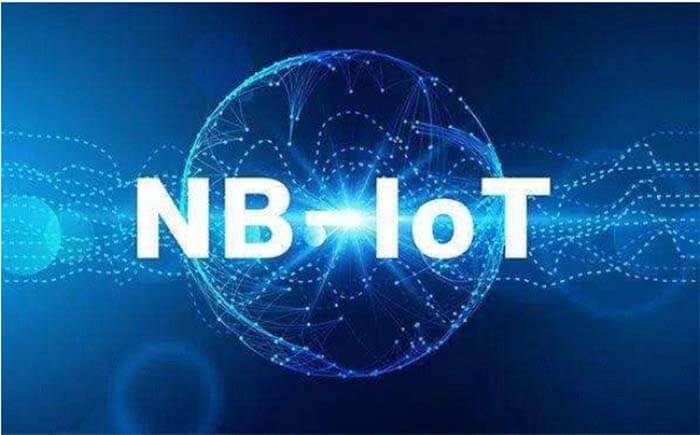
Up to now, NB-IoT has completed coverage in more than 300 cities nationwide, and the number of terminal connections has exceeded 60 million, and the number is increasing by tens of millions every year, covering various industries such as smart cities, environmental protection, agriculture, healthcare, and logistics.
The application areas with the largest number of NB-IoT connections are metering and firefighting applications, with gas meters and water meters, both having more than 10 million accesses and smoke sensors also shipped in larger quantities.
Especially in 2019, NB-IoT got rapid growth in the field of metering, and the application volume of NB-IoT in the field of metering exceeded LoRa, becoming the most dominant wireless communication technology in the field of metering, and will continue to occupy a larger market share in the field of metering in the future.
Although NB-IoT has become less hot in too many years, its application still achieves high speed in accordance with the scale of industrial development. More and more vertical industries are generally accepting NB-IoT technology and its industry chain capabilities, overlaying functional technologies around the original products. Especially under the trend of 2G decommissioning, NB-IoT is gradually replacing the original 2G-related applications, and more large-scale and more types of applications will emerge in the future, such as manhole covers, parking, charging piles, etc.
LTE-Cat 1 wireless technology trends
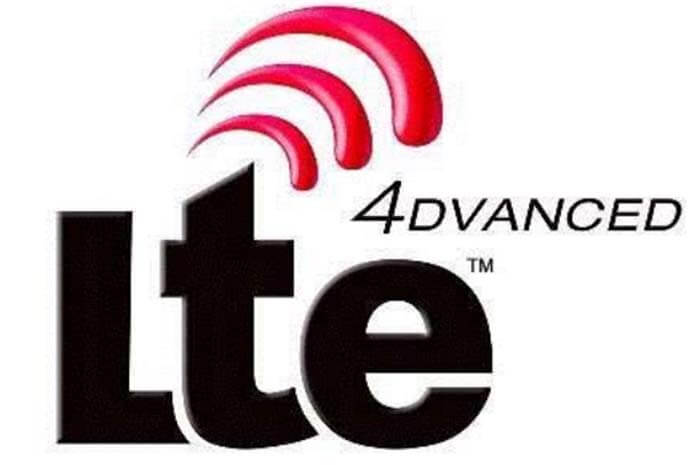
Some data indicates that in cellular IoT connections, 60% of IoT connections require the narrowband network to provide services, about 10% of high-speed services require 4G Cat 4 or above or 5G eMBB to provide services, while the remaining 30% of low and medium rate IoT requires LTE Cat 1 or eMTC network to provide services.
With the trend of 2G/3G decommissioning, the time has come for LTE Cat 1 to take on some of the IoT connectivity as eMTC cannot be built in China in the short term, and LTE Cat 1 can support voice calls and low-rate data.
However, with the further development of the industry, when Cat 1 has developed more applications and related scenarios have scale demand, more manufacturers will be attracted to enter the market and various types of products will be included in the enterprise plan.
LoRa wireless technology trends
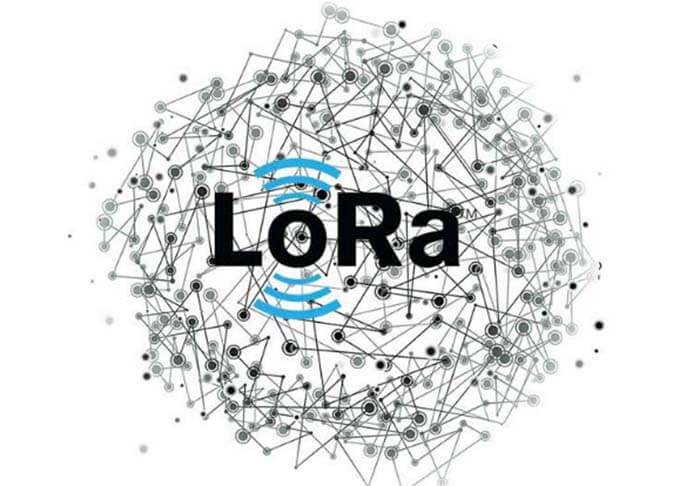
After the past few years of development, LoRa has already formed a complete ecology and has a wealth of applications. In addition to the representative meter-based applications, LoRa applications for buildings, hotels, parks, security, cities, agriculture, environmental monitoring, and other enterprise-level applications have all emerged.
However, given the current limited growth rate of the enterprise IoT sector, the development of new applications is crucial for LoRa.
For this reason, LoRa companies have also started to adjust their development direction, trying to enter the indoor consumer IoT field, so smart home products naturally become the main application point. In addition, smartphones and wearable products will also be the target of LoRa’s development.
As there is a natural barrier between enterprise IoT and consumer IoT, it is difficult for companies originally doing enterprise IoT to smoothly cross over to consumer IoT.
Therefore, the development of the consumer IoT field will definitely cause changes in the composition of the LoRa ecology, especially the terminal providers and solution integrators in the middle and lower reaches of the industry chain will be a new group of industry chains enterprises.
They are mainly enterprises related to the original smart district, smart campus, and smart home. The development of new application areas will definitely cause the formation of new ecology.
Bluetooth wireless technology trends
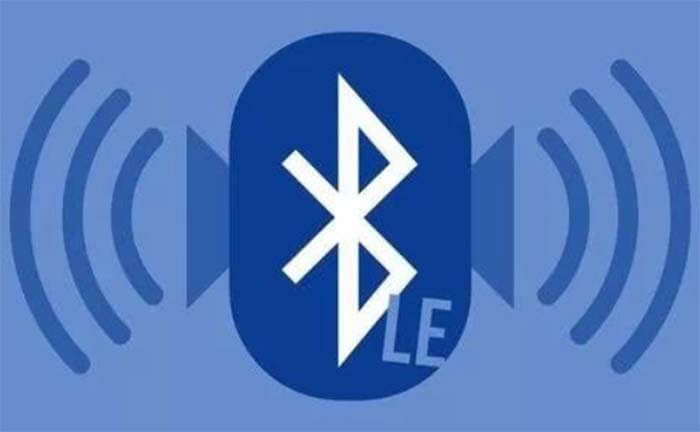
As the “capillary” in IoT applications, the current market is expected to see a very significant explosive demand for near-range wireless communication.
Combining various factors such as speed, power consumption, networking, cost, and ease of access to the Internet, Bluetooth will undoubtedly be of value in the field of IoT proximity wireless connectivity.
Early last year, the Bluetooth Alliance announced the introduction of a new direction-finding feature in Bluetooth 5.1, which helps devices to clarify the direction of Bluetooth signals and achieve centimeter-level positional accuracy for Bluetooth system positioning, to a certain extent solving the problem of positioning and navigation in the IoT.
Bluetooth version 5.1 will also continue to deepen, in particular, the AOA/AOD positioning technology. With Bluetooth AOA officially written into the standard, so that the original based on Bluetooth positioning technology companies have more confidence, the manufacturers began to step up research and development of related products, actively explore more application possibilities, is expected to appear in 2022 related application products.
WiFi wireless technology trends
Along with the inclusion of 802.11ax as a formal standard and the release of the WiFi 6 standard, there has been a battle between WiFi 6 and 5G.
Due to the difficulty of getting 5G high band signals indoors, coupled with the fact that operators’ traditional indoor distribution systems will still face massive upgrades or replacements in the 5G era, WiFi will still be needed constantly to divert traffic towards the growing video and IoT business, and to be the traffic bearer in office and home environments.
5G is present in some large cities, especially in high-traffic scenarios to provide communication services, while 4G is present as an immediate need technology. This shows that a 4G+5G+WiFi landscape will be formed in the next few years.
Currently, the number of terminals using Wi-Fi technology continues to grow as new industries such as the Internet of Things continue to develop. A set of data from the Wi-Fi Alliance shows that there are currently more than 9 billion Wi-Fi devices in use worldwide, with more than 3 billion expected to be added each year, making Wi-Fi6 a mainstream access technology.
IoT wireless technology trends conclusion
Above are the 5G, NB-IoT, LTE-Cat1, LoRa, Bluetooth, WiFi wireless technology trends in IoT wireless technology trends.
No single communication technology can build the entire IoT world, it requires the collaboration of various communication technologies to make it possible.
As the IoT evolves, each technology is constantly being updated and iterated. In this process, one technology may be eliminated in the competition, but ultimately, communication technologies with different technical characteristics will still co-exist.
With the further development of IoT on a large scale, the development trend around IoT communication is becoming clearer and clearer, with multi-technology development patterns, protocol standardization, network intelligence, application customization, and other features becoming more and more prominent.
Besides the Latest Wireless Technology Trends For The IoT article, you may also be interested in the below articles.
4G vs 5G: What is the difference between 4G and 5G?
How to Choose the Best Antenna for Lora?
